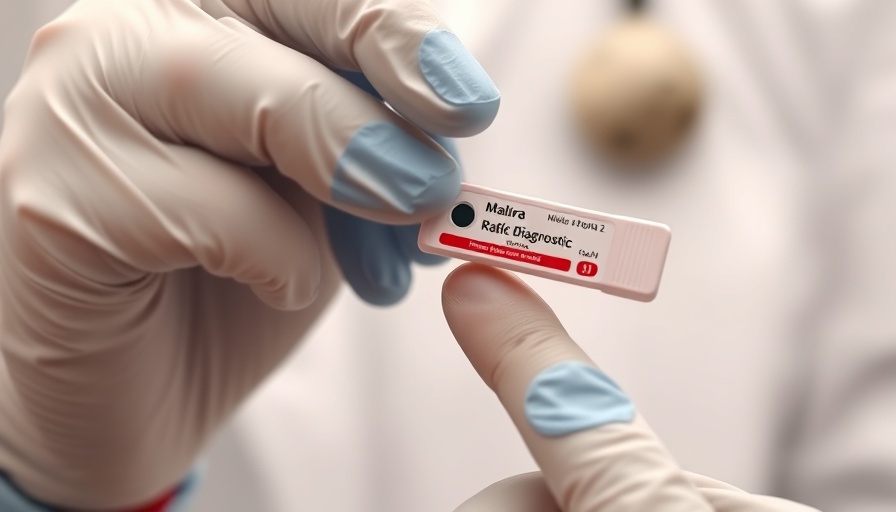
A Crucial Intersection of Policy and Public Health
The recent cuts in U.S. foreign aid under the Trump administration have sparked significant concern among public health officials and members of the LGBTQ+ community in Africa, particularly in Nigeria. The termination of resources for HIV prevention in Africa has not only affected individuals like Emmanuel Cherem, a 25-year-old gay man who tested positive for HIV, but has also weaken the overall fight against the AIDS pandemic across sub-Saharan Africa. Cherem’s story illustrates the dire consequences of these policy alterations; he used PrEP, a life-saving medication available to many thanks to U.S. funding, which he can no longer access due to funding cuts.
The Staggering Role of U.S. Aid
Funding from the U.S. government, particularly through USAID and the President's Emergency Plan for AIDS Relief (PEPFAR), was foundational in decreasing AIDS-related deaths and advancing HIV treatment initiatives. In 2023, there were an estimated 390,000 AIDS-related deaths in sub-Saharan Africa—remarkably 62% of the total deaths worldwide, yet this figure has decreased significantly from prior years thanks to relentless efforts supported by PEPFAR.
The Bid for Funding in a Complex Political Environment
Emmanuel Cherem's concerns reflect a widespread sentiment among many who have benefited from U.S. support. The Trump administration’s initial freeze on foreign aid set a precedent that endangers the already tenuous public health initiatives dedicated to fighting HIV. Despite claims of proportionality in American funding responsibilities on the global stage, the public health implications of these cuts are severe, especially in regions that are dependent on external support to combat health crises.
Current Trends and Opportunities in HIV Prevention
Despite the challenges posed by the recent cuts in funding, it’s essential to recognize the potential for innovation in public health strategies. With advancements in technology and a global push for digital transformation, new platforms could enhance outreach and education about HIV prevention. For instance, utilizing digital marketing and platforms for increasing awareness about health practices and encouraging initiatives from local organizations could revolutionize how health education is disseminated, particularly to marginalized populations.
Affecting the Vulnerable: A Broader Health Perspective
The consequences of U.S. funding cuts extend beyond HIV prophylaxis. The health infrastructure in sub-Saharan Africa faces pressures not just from the cessation of PrEP but also dwindling supplies of essential resources like condoms and lubricants. This scarcity presents a multi-faceted threat: increasing transmission rates, hindering overall public health strategies, and perpetuating the cycle of disease. Linda-Gail Bekker, an expert from the University of Cape Town, warned that these cuts jeopardize the progress achieved in combating the AIDS epidemic, drawing a worrying parallel to a bushfire waiting to reignite due to neglect.
Securing the Future: Taking Action
The public health community, together with civil society organizations, must advocate for renewed investment into HIV prevention initiatives globally. Essential funding must not only be restored but also expanded to ensure sufficient support for ongoing health campaigns, education, and accessibility to preventive measures. Additionally, tech-based solutions such as mobile apps for health education can bridge the gap left by funding cuts while reinforcing community engagement.
The Path Forward: A Call for Global Solidarity
The fight against HIV/AIDS requires a unified global response. The need for robust policies that prioritize public health, both domestically and internationally, is evident. As countries around the world navigate their own health challenges, the commitment to supporting vulnerable populations through sustainable and inclusive healthcare solutions must remain at the forefront of global discussions.
If you’re concerned about the impacts of political decisions on public health, consider getting involved. Advocacy, whether through social media campaigns or contributions to health organizations, can help raise awareness of the importance of continued investment in HIV prevention and treatment efforts.
 Add Row
Add Row  Add
Add 




Write A Comment